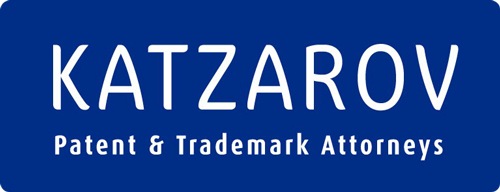Table of Contents
Patents of Invention
Legal Basis
– Patents Act 1990, as amended.
Membership in International Conventions
– Paris Convention.
– Patent Cooperation Treaty (PCT).
Filing Requirements
– A specification in English;
– Claims in English;
– Drawings in duplicate on white paper, being hot-pressed or calendered strong paper of good quality.
Remarks
National Phase of PCT: under Chapter I: 31 months; under Chapter II: 31 months.
Duration: patent issued after formal and substantive examination – valid for 20 years.
Annuities: continuation fees are payable annually before the anniversary of the complete application date, commencing with the fourth anniversary. On the granting of the patent renewal fees are payable annually. The annuities may not be paid more than one year in advance and the time for payment may be extended by not more than six months on payment of a fine calculated on a monthly basis; continuation fees are payable on applications for a patent of addition but renewal fees are not payable on the grant of a patent of addition.
Opposition: to a standard patent application before the Patent Office may be filed within three months of advertisement of acceptance.
Trade and Service Marks
Legal Basis
– Trade Marks Act 1995, as amended.
Membership in International Conventions
– Paris Convention.
– Madrid Protocol.
Filing Requirements
– At least 1 clear representation of the mark.
Remarks
Duration – renewals: 10 years from the application date; renewable for further periods of 10 years.
Obligation to use the registered mark: use is not compulsory, however, a trademark not used for a continuous period of three years may be removed from the Register on application by a third party. Such a removal action cannot be commenced within three years from the registration date of the mark. An interested party may apply at any time for removal of a registered mark if it can be shown that the registered owner did not have any intention to use the mark and has not used it.
Opposition: may be filed within two months of advertisement of the acceptance of the application in the Official Journal. An extension for further time may be obtained, provided it is applied for within the first two-month period, and is only on the grounds of either an error or omission or due to circumstances beyond the control of the person.
Opposition to registered marks: may be raised by way of application to court for revocation based on such grounds as improper registration, improper use of the mark, and application to Registrar on grounds of lack of use of the mark as above.
Industrial Designs
Legal Basis
– Designs Act 2003, as amended.
Membership in International Conventions
– Paris Convention.
Filing Requirements
– Facsimiles necessary to show the design;
– A certified copy of the basic registration.
Remarks
Duration: after formal examination: 5 years from the filing date; renewable for a further five years making a total of ten years from the filing date.
Opposition: there is no provision for opposition but third parties may seek examination of a design registration and may submit material in relation to the newness and distinctiveness of the design.
Domain Names
Filing
ccTLD: .au
Applicant: legal entities. Individuals can apply only if they are trademark or business name owners.
Local presence: required. If relying upon an Australian trademark to establish local presence, the domain name must be an exact match of the trademark.
Remarks
Duration – renewals: two years, renewable.
Uniform dispute resolution procedure: available (variation of UDRP) before WIPO Arbitration and Mediation Center.
Infringements and penalties: if a registered design is infringed, action may be taken at the State Supreme Court or Federal Court. Remedies include an injunction, and either damages or an account of profits, if the infringer knew the design was registered.

